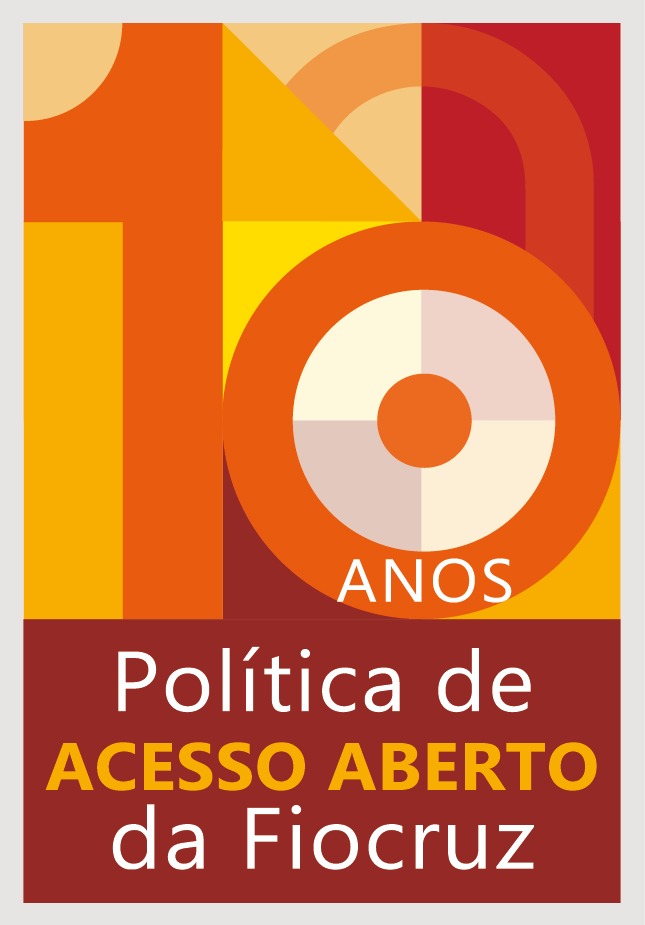Yanomamis from nine villages harassed by illegal mining are contaminated by mercury
11/04/2024
Ensp Report
A survey of indigenous Yanomami people, from the Ninam subgroup, from nine villages located in Roraima, showed that all participants were contaminated by mercury. The highest levels of exposure were detected in indigenous people living in the villages closest to the illegal gold mines. The study Impact of Mercury on Protected Areas and Forest Peoples in the Amazon: An Integrated Health-Environment Approach was conducted by the Sergio Arouca National School of Public Health (Ensp/Fiocruz), in partnership with the Joaquim Venâncio Polytechnic School of Health (EPSJV/Fiocruz), with the support of the Socio-Environmental Institute (ISA). The researchers identified the presence of the heavy metal in hair samples from around 300 people analyzed, including children and elderly people.
Higher levels of exposure were detected in indigenous people living in villages located closer to illegal gold mining (photo: Ensp/Fiocruz)
"This scenario of vulnerability exponentially increases the risk of illness among children living in the region and could potentially favor the emergence of more severe clinical manifestations related to chronic exposure to mercury, especially in children under the age of 5," explains the coordinator of the study, Paulo Basta, doctor and researcher at Ensp/Fiocruz.
The study collected data in the Upper Mucajaí River region in October 2022. The site has been the target of illegal mining for decades, which has caused environmental destruction, insecurity, violence and damage to the indigenous people's health. "Mining is the greatest evil we have on Yanomami Land today. It is necessary and urgent that these invaders leave. If illegal mining remains, so does contamination, devastation, diseases such as malaria and malnutrition, and this is the result of this research, it is concrete proof!", emphasizes the vice-president of the Hutukara Yanomami Association (HAY), Dario Vitorio Kopenawa.
Of the 287 hair samples examined, 84% recorded mercury contamination levels above 2.0 µg/g. On the other hand, 10.8% were above 6.0 µg/g, which is considered high and requires special attention and further investigation. In both contamination ranges, cases should be reported to the Notifiable Diseases Information System (SINAN) to produce official statistics on the problem in the region.
The researchers point out that indigenous people with higher mercury levels showed cognitive deficits and nerve damage in the extremities, such as in the hands, arms, feet and legs, more often. According to the World Health Organization (WHO), levels above 6 micrograms of mercury per gram of hair (μg.g-1 ) can have serious health consequences, especially for vulnerable groups. Thus, there is no safe limit for exposure to Hg.
In addition to detecting mercury, the research carried out clinical examinations to identify chronic non-communicable diseases, such as nutritional disorders, anemia, diabetes and hypertension.
Researchers carried out clinical examinations to identify chronic non-communicable diseases (photo: Ensp/Fiocruz)
After cross-checking the data, it was observed that mercury levels above 2.0 µg/g were more frequent in indigenous people with high blood pressure than in those with normal blood pressure. Tests were also carried out to estimate the prevalence of infectious and parasitic diseases, including malaria and sexually transmitted infections (STIs) such as HIV/AIDS, syphilis, and hepatitis B and C.
More than 80% of the participants reported having had malaria at least once in their lives, with an average of three episodes of the disease per individual. In 11.7% of the individuals tested, it was possible to identify cases of vivax and falciparum malaria without obvious clinical manifestations, common characteristics in areas with high transmission of the disease.
More than 25% of children under the age of 11 were anemic and almost half were acutely malnourished. Additionally, 80% showed deficits in height for age, which suggests, according to WHO parameters, a state of chronic malnutrition.
Another alarming statistic refers to vaccination coverage: in the study region, only 15.5% of children had up-to-date vaccinations from the national immunization calendar.
The study also analyzed 47 fish samples and 14 water and sediment samples from the Mucajaí River and its tributaries. All fish samples showed some degree of mercury contamination, being the highest concentrations detected in carnivorous fish, in species that are highly prized in the Amazon, such as the mandubé and piranha.
The analysis of the risk attributable to fish consumption revealed that the daily intake of mercury exceeds the reference dose recommended by the U.S. Environmental Protection Agency (EPA) by three times. Analysis of the water samples revealed no mercury contamination. On the other hand, two sediment samples showed mercury levels above level 1 of the National Environmental Council (CONAMA) resolution on the matter.
The researchers make a series of recommendations based on the scenario found during the studies. As emergency actions, they mention an immediate halt to illegal mining and the use of mercury, the removal of invaders and the construction of health units at strategic points in the Yanomami Indigenous Land. "This is not the first time that Fiocruz has done research in Yanomami Land and proven that our relatives are contaminated by mercury. This is very serious! Our children are being born sick. Women are sick, our old people are sick! Our people are dying because of illegal mining," analyzes Dário Kopenawa.
As structural actions, they propose updating the National Policy on Health Care for Indigenous Peoples (Pnaspi), ensuring the regular presence of health professionals and investing in continuing training for indigenous health workers.
The study also points to the need for specific actions for populations exposed and potentially exposed to mercury, such as: screening of communities chronically exposed to mercury, so as to carry out timely laboratory diagnoses to assess people with conditions suggestive of mercury intoxication already established, drawing up appropriate protocols and routines for the diagnosis and treatment of patients with mercury intoxication already established, and the creation of a reference center for the follow-up of chronic cases and/or those with recognized sequelae.




